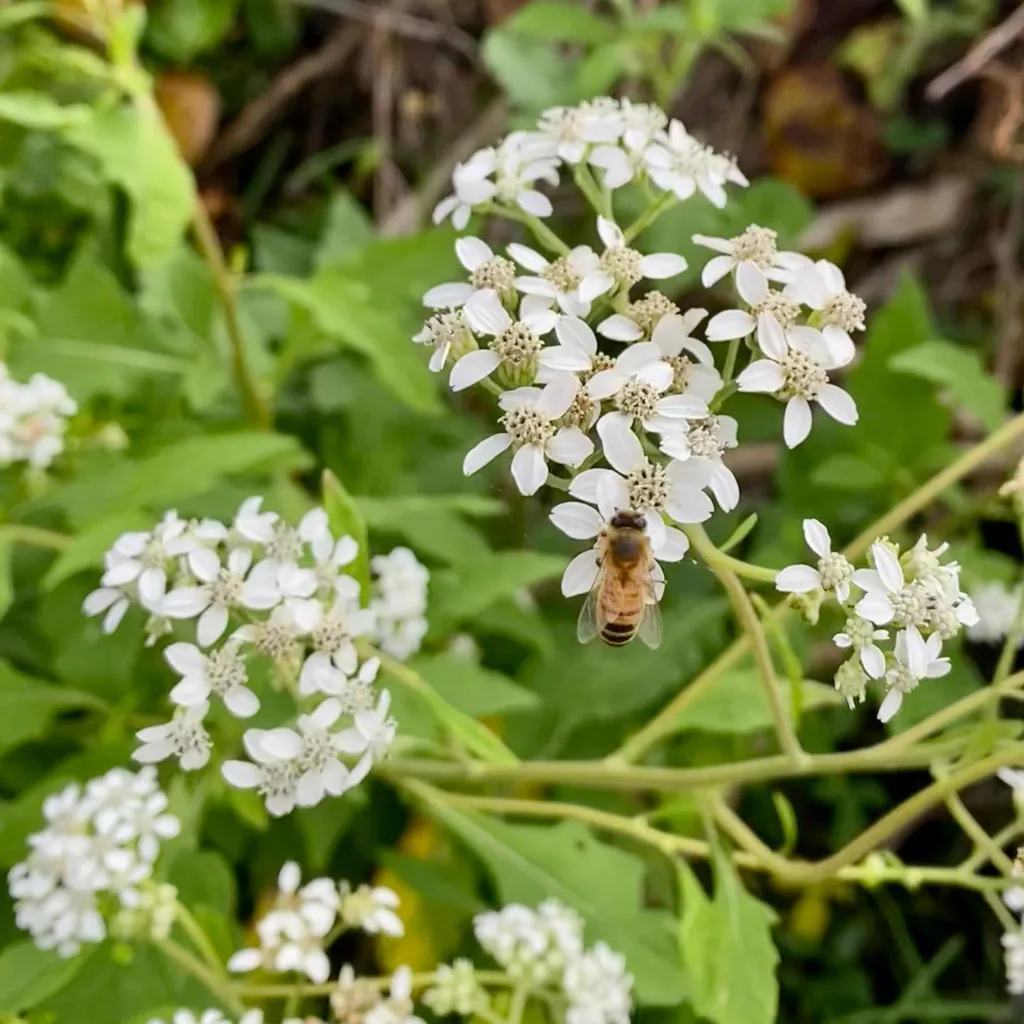
How to care for Tillandsia ionantha?
Tillandsia ionantha, commonly known as the sky plant or air plant, is a unique and low-maintenance plant that doesn’t require soil to grow. Here’s how to care for Tillandsia ionantha:
690 Species in Genus Tillandsia – Air Plants
1. Light
- Indirect Light: Place your Tillandsia ionantha in a location with bright, indirect light. Avoid direct sunlight, as it can scorch the leaves.
2. Watering
- Misting: Mist your Tillandsia ionantha with water 2-3 times per week, ensuring that the entire plant is thoroughly moistened. Use a spray bottle to mist the leaves, especially the underside where the trichomes (small scales) absorb water.
- Soaking: Once a week, soak the Tillandsia ionantha in room temperature water for about 20-30 minutes. After soaking, shake off excess water and allow the plant to dry completely before returning it to its display location. Avoid leaving the plant submerged in water for too long, as it can lead to rot.
3. Air Circulation
- Good Airflow: Tillandsia ionantha requires good air circulation to prevent rot. Ensure there is adequate ventilation in its location, especially after misting or soaking.
4. Temperature
- Moderate Temperatures: Tillandsia ionantha prefers temperatures between 50°F to 90°F (10°C to 32°C). Protect it from extreme cold or heat.
5. Fertilizing
- Occasional Fertilizing: Feed your Tillandsia ionantha with a water-soluble orchid or bromeliad fertilizer diluted to quarter strength once a month during the growing season (spring to fall). Mist the fertilizer solution onto the leaves rather than soaking the plant’s base.
6. Display
- Mounting: Tillandsia ionantha can be displayed in various ways, such as mounted on driftwood, placed in terrariums, or simply nestled in decorative containers. Ensure that the display method allows for good air circulation around the plant.
7. Maintenance
- Grooming: Remove any dead or dried leaves by gently pulling them away from the base of the plant.
- Monitoring: Regularly inspect your Tillandsia ionantha for signs of pests, such as scale or mealybugs. If detected, remove pests manually or treat with a gentle insecticidal soap.
8. Flowering
- Blooms: Tillandsia ionantha produces colorful flowers during its bloom cycle, typically once a year. The flowers can last several weeks to a few months, depending on the variety.
9. Rest Period
- Winter Rest: During the winter months, reduce watering frequency to once a week and avoid fertilizing. The plant may enter a dormant phase during this time.
How big does Tillandsia ionantha get?
Tillandsia ionantha doesn’t grow too large, which is part of its charm. When I first got mine, it was quite small, fitting in the palm of my hand. Over time, it has slowly grown, but it’s still a compact and manageable size. Its rosette of leaves doesn’t spread out too much, making it perfect for displaying on a small shelf or in a terrarium. I appreciate its petite nature because it means I don’t have to worry about finding a lot of space for it.
How to identify Tillandsia ionantha?
Identifying Tillandsia ionantha is an enjoyable task, especially when you start noticing its unique features. The leaves are one of the main giveaways; they’re thin and wiry, with a lovely silvery-green hue. When it’s in bloom, the plant produces vibrant red or pink flowers that really stand out against the foliage. I remember the first time mine bloomed, and I was so excited to see those little pops of color. Overall, its compact size and distinctive appearance make it easy to identify once you know what to look for.
How to pronounce Tillandsia ionantha?
Pronouncing Tillandsia ionantha might seem a bit tricky at first, but it’s not as intimidating once you break it down. I’ve heard it pronounced as “till-AND-see-uh eye-oh-NAN-thuh.” The emphasis is on the “AND” and “NAN” syllables, with a soft “th” sound at the end. I remember stumbling over the pronunciation myself when I first heard it, but after saying it a few times, it started to roll off the tongue more naturally. It’s one of those words that sounds more complicated than it is, but once you get it down, it feels satisfying to say.
If i die, water my plants!



